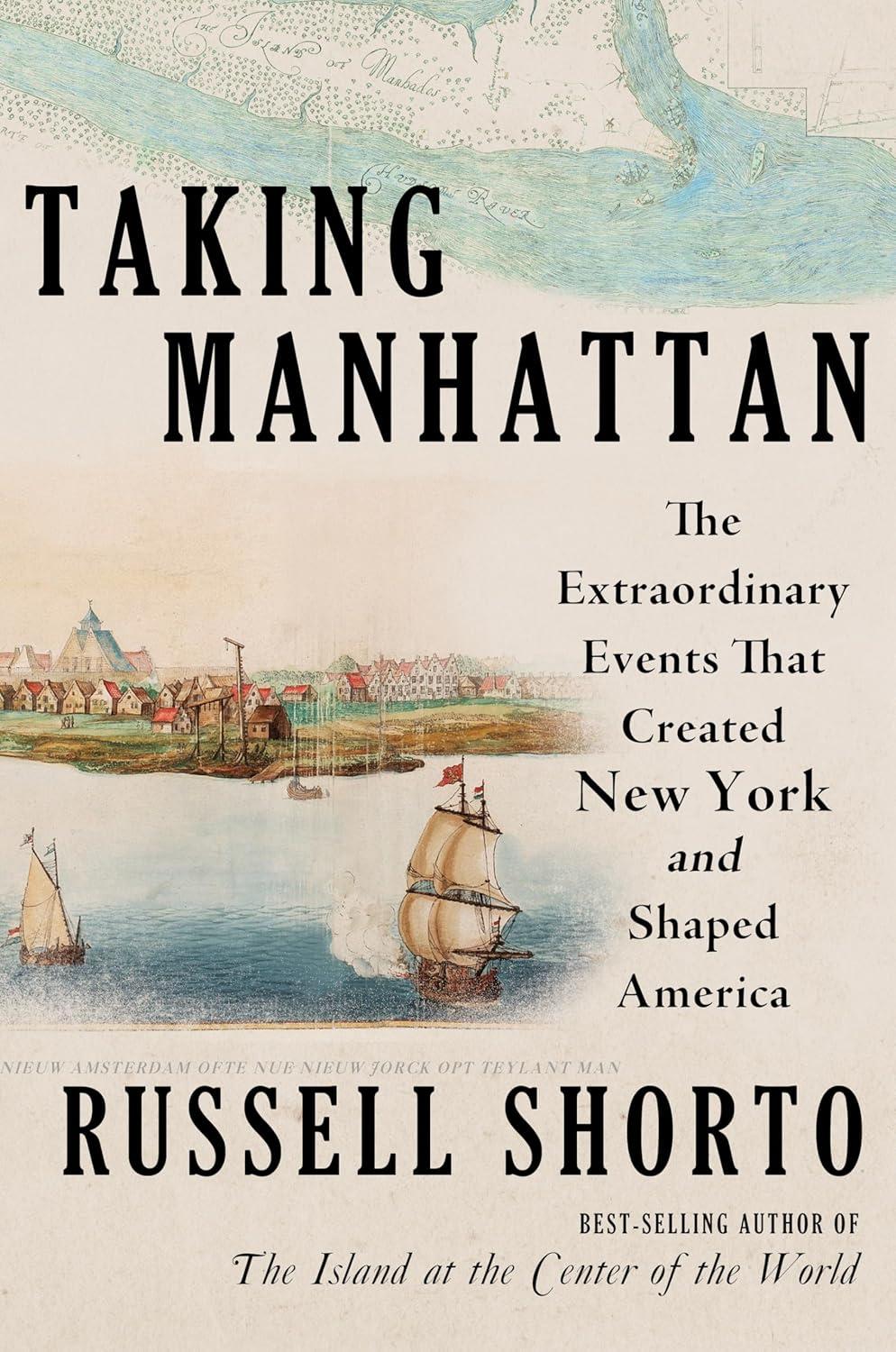The most successful city in the world is named after Britain’s most abject failure as a monarch. By the time he was overthrown after three short years on the throne, James II, previously the Duke of York, was a symbol of intolerance, trying to impose Roman Catholicism by decree against the popular wishes of a largely Protestant nation. In Taking Manhattan: The Extraordinary Events that Created New York and Shaped America, Russell Shorto shows how New York ironically represented everything that James II opposed: a merger of Englishmen who were not so very zealous in their religion and the Dutch who valued tolerance positively for the wealth and social stability it generated.
New York was originally New Amsterdam, a colony established in 1624 by the Dutch West India Company. As Shorto shows, New Amsterdam was a classic entrepôt, a trading port that brought in goods for import and export. And like entrepots the world over, it attracted traders of various nationalities, ethnicities, and religions. It contained Walloons and English as well as Dutch, Africans, and Native Americans; Jews and Catholics as well as Protestants. A Jesuit priest counted 15 different languages spoken among its 1,500 inhabitants.
New Amsterdam proved Montesquieu’s thesis that commercial spirit brought with it tolerance and social peace. Peter Stuyvesant, the irascible representative of the West India Company and effective governor of the colony, was not a naturally tolerant man. He tried to throw out Lutherans and Jews, but they successfully appealed to the West India Company back home. As an economist would note, religious discrimination is bad for business, and the company, therefore, prevented their agent from indulging in his taste for bigotry. While there was slavery, as there had been in most places and times across human history, slaves could petition for freedom, which was frequently granted. Mixed race marriage occurred with some frequency.
The downfall of New Amsterdam had its seeds in the Restoration of the Stuarts to the throne of England. Charles II and his brother James looked across the Atlantic and saw that the colonies represented two of their greatest challenges. The Dutch were in New York “flaunting” their “commercial superiority,” and the Puritans who controlled New England were a vestige of the forces that had proved fatal to their father and destabilizing to Britain.
